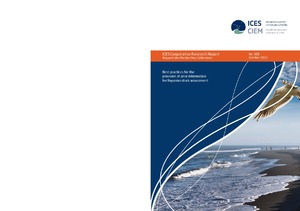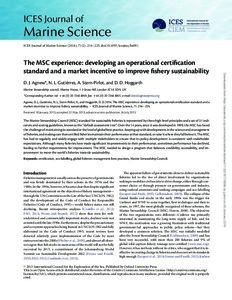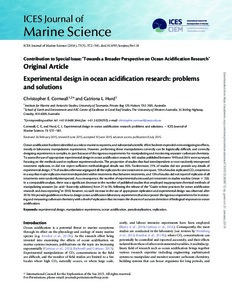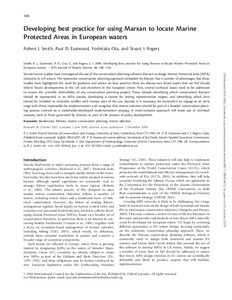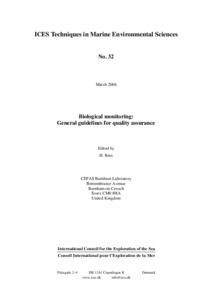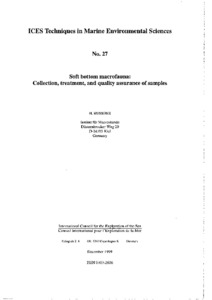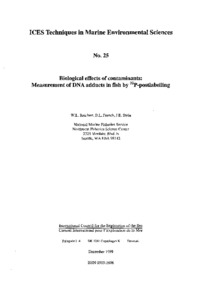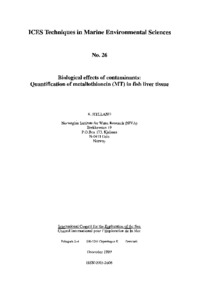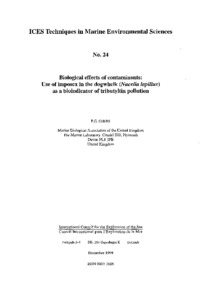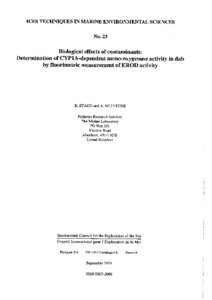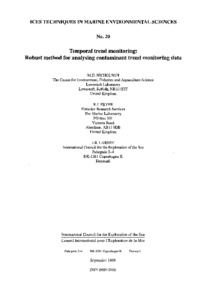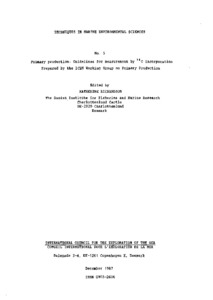⇒ ICES: International Council for the Exploration of the Sea: Recent submissions
Now showing items 21-40 of 102
-
Best practices for the provision of prior information for Bayesian stock assessment.
(International Council for the Exploration of the Sea (ICES), Copenhagen, Denmark, 2015)This manual represents a review of the potential sources and methods to be applied when providing prior information to Bayesian stock assessments and marine risk analysis. The manual is compiled as a product of the EC ... -
The MSC experience: developing an operational certification standard and a market incentive to improve fishery sustainability.
(2014)The Marine Stewardship Council (MSC) standard for sustainable fisheries is represented by three high-level principles and a set of 31 indicators and scoring guidelines, known as the “default assessment tree”. Over the 14 ... -
Experimental design in ocean acidification research: problems and solutions.
(2016)Ocean acidification has been identified as a risk to marine ecosystems, and substantial scientific effort has been expended on investigating its effects, mostly in laboratory manipulation experiments. However, performing ... -
Ecological best practice in decommissioning: a review of scientific research.
(2018)The Oslo and Paris Commissions (OSPAR) decision 98/3 prohibits the dumping of man-made structures (MMS) offshore. However, there are regions of the world where MMS are recognized as providing an ecological and societal ... -
Developing best practice for using Marxan to locate Marine Protected Areas in European waters.
(2009)Several recent studies have investigated the use of the conservation planning software Marxan to design Marine Protected Area (MPA) networks in UK waters. The systematic conservation planning approach embodied by Marxan ... -
Recommendations for best practice in deep-sea habitat classification: Bullimore et al. as a case study.
(2014)We assert that the reef framework-forming coral, Solenosmilia variabilis Duncan, 1873, is sometimes incorrectly recorded as another coral, Lophelia pertusa (Linnaeus, 1758) in surveys of deep-sea habitat (e.g. Bullimore, ... -
Biological monitoring: General guidelines for quality assurance.
(International Council for the Exploration of the Sea (ICES), Copenhagen, Denmark, 2004)These guidelines have been prepared by the ICES/OSPAR Steering Group on Quality Assurance of Biological Measurements in the Northeast Atlantic (SGQAE), as part of its role to encourage the production of biological data of ... -
Biological effects of contaminants: Radioimmunoassay (RIA) and enzyme-linked immunosorbent assay (ELISA) techniques for the measurement of marine fish vitellogenins.
(International Council for the Exploration of the Sea (ICES), Copenhagen, Denmark, 2002)This document describes immunochemical methods to quantify the egg-yolk precursor protein vitellogenin in fish plasma. Vitellogenin is normally produced by the liver of mature female fish in response to 17β-oestradiol (E2) ... -
Chlorophyll a: Determination by spectroscopic methods.
(International Council for the Exploration of the Sea (ICES), Copenhagen, Denmark, 2001)Chlorophyll a is the principal pigment in plants. As a biomass indicator of aquatic microalgae which support food webs in the sea, it is probably the most frequently measured biochemical parameter in oceanography. This ... -
Biological effects of contaminants: Sediment bioassay using the polychaete Arenicola marina.
(International Council for the Exploration of the Sea (ICES), Copenhagen, Denmark, 2001)The method described here is a whole-sediment reworker bioassay using the polychaete Arenicola marina, a direct deposit feeder that is widely distributed in European coastal waters and on the east coast of North America. ... -
Biological effects of contaminants: Corophium sp. sediment bioassay and toxicity test.
(International Council for the Exploration of the Sea (ICES), Copenhagen, Denmark, 2001)The method described here is a whole-sediment reworker bioassay using burrowing amphipods. This method description covers the use of Corophium spp., as this is the genus most commonly used in Europe, but the procedure can ... -
Soft bottom macrofauna: Collection, treatment, and quality assurance of samples.
(International Council for the Exploration of the Sea (ICES), Copenhagen, Denmark, 1999)The aim of these recommendations is to standardize the methods used by different scientists for benthos surveys in order to increase the comparability of results for different areas. The results of ICES/HELCOM Quality ... -
Biological effects of contaminants: Measurement of DNA adducts in fish by 32P-postlabelling.
(International Council for the Exploration of the Sea (ICES), Copenhagen, Denmark, 1999)This document describes in detail the 32P-postlabelling method and its application to fish. Several recent studies have shown that the 32P-postlabelling method can be used to detect and measure the levels of DNA modified ... -
Biological effects of contaminants: Quantification of metallothionein (MT) in fish liver tissue.
(International Council for the Exploration of the Sea (ICES), Copenhagen, Denmark, 1999)This document describes methods to analyse the protein metallothionein in fish tissues. Metallothionein is induced by and binds essential (Cu, Zn) and non-essential (Cd, Hg) metals and is used in monitoring programmes as ... -
Biological effects of contaminants: Use of imposex in the dogwhelk (Nucella lapillus) as a bioindicator of tributyltin pollution.
(International Council for the Exploration of the Sea (ICES), Copenhagen, Denmark, 1999)This document describes a method for detecting contamination of the marine environment by tributyltin (TBT) using a sensitive neogastropod, the dogwhelk Nucella lapillus (L.), as a bioindicator. Exposure of female N. ... -
Biological effects of contaminants: Determination of CYP1A-dependent mono-oxygenase activity in dab by fluorimetric measurement of EROD activity.
(International Council for the Exploration of the Sea (ICES), Copenhagen, Denmark, 1998) -
Chlorobiphenyls in marine sediments: Guidelines for determination.
(International Council for the Exploration of the Sea (ICES), Copenhagen, Denmark, 1998)The analysis of chlorinated biphenyls in sediments generally includes extraction with organic solvents, clean-up, removal of sulphur, colullUl fractionation and gas chromatographic separation, mostly with electron capture ... -
Temporal trend monitoring: Robust method for analysing contaminant trend monitoring data.
(International Council for the Exploration of the Sea (ICES), Copenhagen, Denmark, 1998)This document describes a new method of assessing contaminant trends in fish muscle, fish liver, and shellfish. Previous methods of assessing trend data have often been complicated by the need to respond to unusual ... -
Control procedures: Good laboratory practice and quality assurance.
(International Council for the Exploration of the Sea (ICES), Copenhagen, Denmark, 1987)Good Laboratory Practice (GLP) is one of the manifestations of the increased attention being paid to quality control measures in general. It provides a framework designed to bring the quality ... -
Primary production: Guidlines for measurement by 14C incorporation.
(International Council for the Exploration of the Sea (ICES), Copenhagen, Denmark, 1987)In the years intervening between the preparation and publication of this do- cument, at least two other manuals for use in making primary production de- terminations have been introduced (Nie ...
 Repository of community practices in Ocean Research, Applications and Data/Information Management
Repository of community practices in Ocean Research, Applications and Data/Information Management
